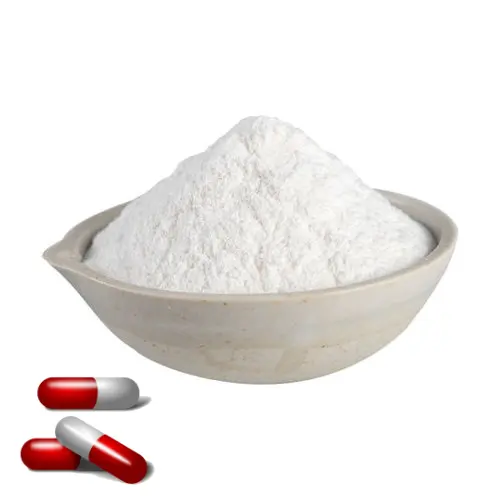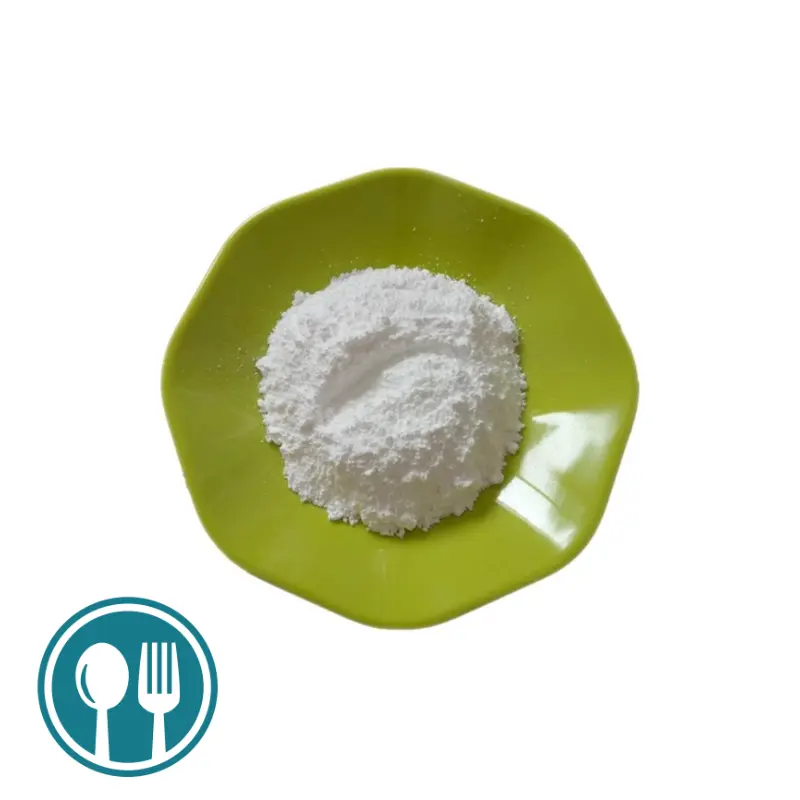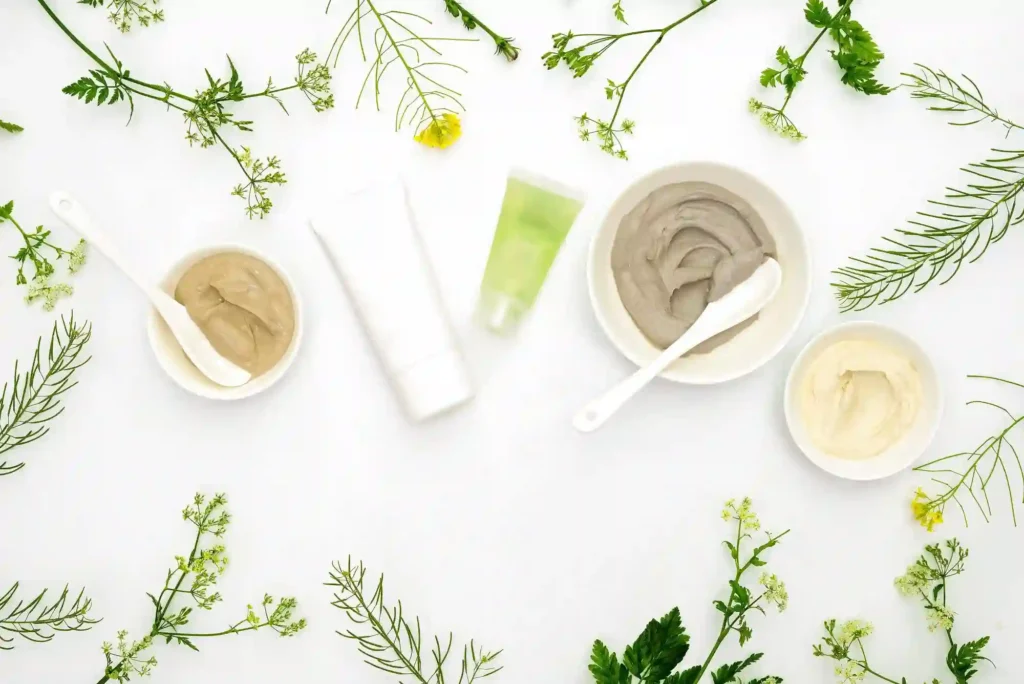Process steps
- Feeding and mixing
Mix the magnesium oxide powder, excipients and binders evenly according to the proportion.
The mixing method can be a drum mixer or a V-type mixer.
- Dry granulation
Place the mixture into a fluidized bed granulator.
Dry air is introduced to suspend the particles and allow air to pass through the pore layer.
Spray an appropriate amount of binder solution onto the particles, and the binder will be evenly distributed on the surface of the particles after it is dissolved.
The particles collide and rub against each other in a rotating state, forming spherical or elliptical particles.
- Dry
The granulated particles continue to dry in a fluidized bed to remove residual solvent and moisture.
Drying temperature and humidity should be controlled according to material properties and particle size.
- Filter
The dried particles are screened through a vibrating screen or a classification cyclone to remove particles that are too large or too small.
- Polishing
When necessary, the particles can be ground to improve flow and appearance.
Process parameter control
Air flow rate: controls the suspension and collision intensity of particles
Spray speed: controls the amount and distribution of adhesive added
Binder solution concentration: affects the mechanical strength of the particles
Drying temperature and humidity: affect the moisture content and stability of the particles
advantage
The particle size distribution is uniform and the fluidity is good.
The particle surface is smooth, reducing dust and cross-contamination.
High solubility, extending the release time of active ingredients.
It has a wide range of applications and can be used in various pharmaceutical and food ingredients.
application
Oral laxatives, antacids
Magnesium additives in food
Nutraceuticals
Cosmetics and personal care products





